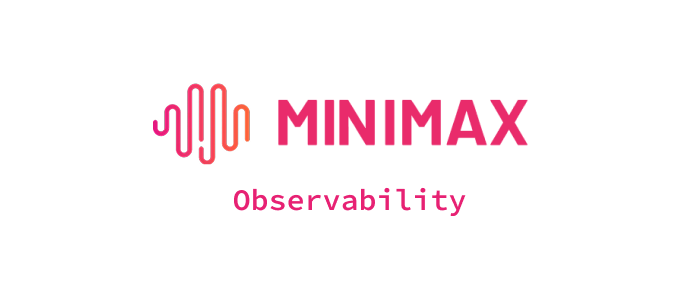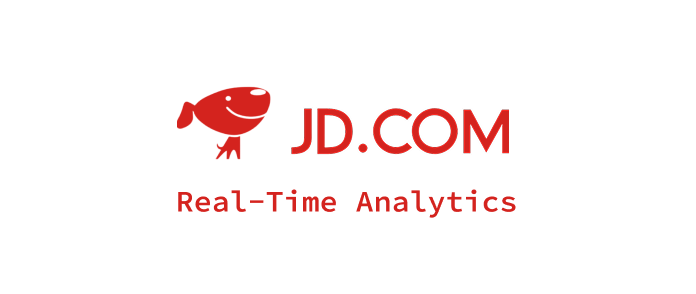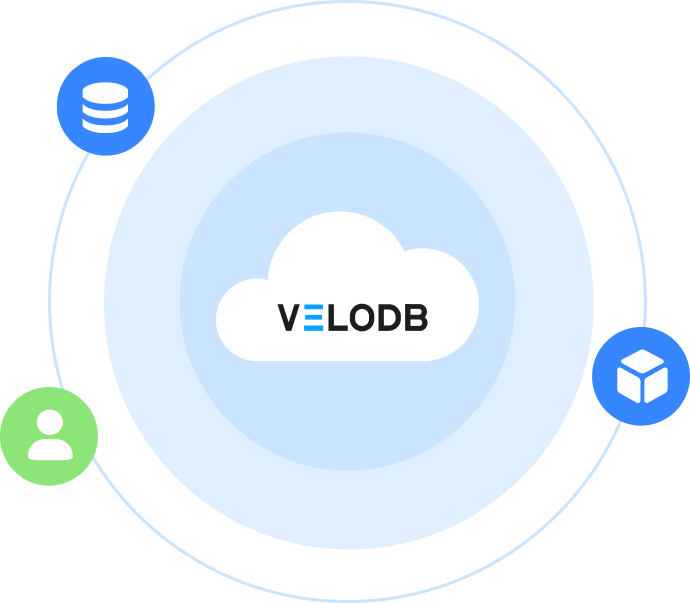VeloDB: Low-Cost Real-Time Acceleration for Web3 On-Chain and Off-Chain Analytics
In the rapidly growing Web3 ecosystem, data has become the most critical asset. From on-chain transaction analysis, DeFi protocol monitoring, and NFT marketplace insights to off-chain user behavior analytics, observability, and A/B testing, Web3 companies face an ever-increasing demand for real-time, sub-second latency, and cost-efficient data infrastructure.
VeloDB, an real-time analytics database, provides the ideal foundation for Web3 analytics. With low-cost architecture, high-throughput ingestion, advanced Join capabilities, inverted indexes, and lakehouse acceleration, VeloDB empowers developers and enterprises to unify on-chain and off-chain data seamlessly while ensuring query latency under 1 second even at massive scale.
Why Web3 Needs VeloDB
Web3 data sources are complex and diverse:
- On-chain data: blocks, transactions, smart contract calls, DeFi states.
- Off-chain data: wallet activities, DApp logs, user behavior events.
- Data lakes: blockchain archives and external market data stored in S3, HDFS, or OSS.
The challenges:
- Exploding data volumes — PB-scale blockchain data.
- Complex queries — multi-table Join, inverted index search, time-series analysis.
- Strict real-time requirements — fraud detection, DeFi monitoring, and observability all demand sub-second latency.
- Cost pressure — operating large-scale analytics on limited budgets.
Key Capabilities of VeloDB for Web3
1. Real-Time On-Chain Analytics with Sub-Second Latency
- High-throughput ingestion from Ethereum, Solana, BNB Chain, Polygon, and more.
- Merge-on-Write (MOW) maintains excellent performance under update-heavy workloads.
- Inverted indexes accelerate transaction hash and address lookups, enabling address search in milliseconds.
- Consistently delivers less than 1s latency for interactive blockchain queries.
2. Cost-Efficient Advanced Join
- MPP architecture + vectorized execution delivers fast multi-table Joins at scale.
- Join + inverted index synergy reduces query cost while keeping response time under 1s.
- Ideal for cross-chain analytics, DeFi monitoring, and wallet-to-user mapping.
3. Lakehouse Acceleration Without Expensive ETL
- Query blockchain archives directly in S3, HDFS, OSS, or GCS.
- Materialized Views (MV) serve as a low-cost acceleration layer for frequent queries.
- Combine historical data with real-time streams while ensuring interactive sub-second performance.
4. Off-Chain Analytics & Observability
- A/B testing and funnel analysis for Web3 DApps with sub-second query responses.
- Low-cost user behavior analytics for wallets and exchanges.
- Observability workloads: node monitoring, RPC tracking, validator metrics — all analyzed in real time (less than 1s).
Web3 Use Cases Powered by VeloDB
- DeFi risk monitoring: detect risky addresses and liquidation events in real time (less than 1s).
- NFT market intelligence: sub-second trend queries and marketplace analysis.
- Cross-chain analytics: unify Ethereum, Solana, and Layer-2 data with millisecond response.
- Blockchain security: inverted index + Join for instant fraud detection.
- User growth analytics: sub-second A/B testing and funnel analysis.
- Observability: real-time monitoring of blockchain infrastructure with less than 1s latency.
Conclusion
As the Web3 ecosystem expands, data platforms must deliver real-time insights with sub-second latency while keeping infrastructure costs low.
VeloDB achieves both:
- Low-cost operations through efficient architecture and lakehouse-native acceleration.
- True real-time analytics with high-throughput ingestion, advanced Join, inverted indexes, and materialized views — all consistently delivering latency under 1 second.
Whether you are building DeFi protocols, NFT platforms, blockchain security tools, or Web3 infrastructure services, VeloDB provides the sub-second, cost-efficient analytics layer you need to stay competitive in the Web3 data economy.




